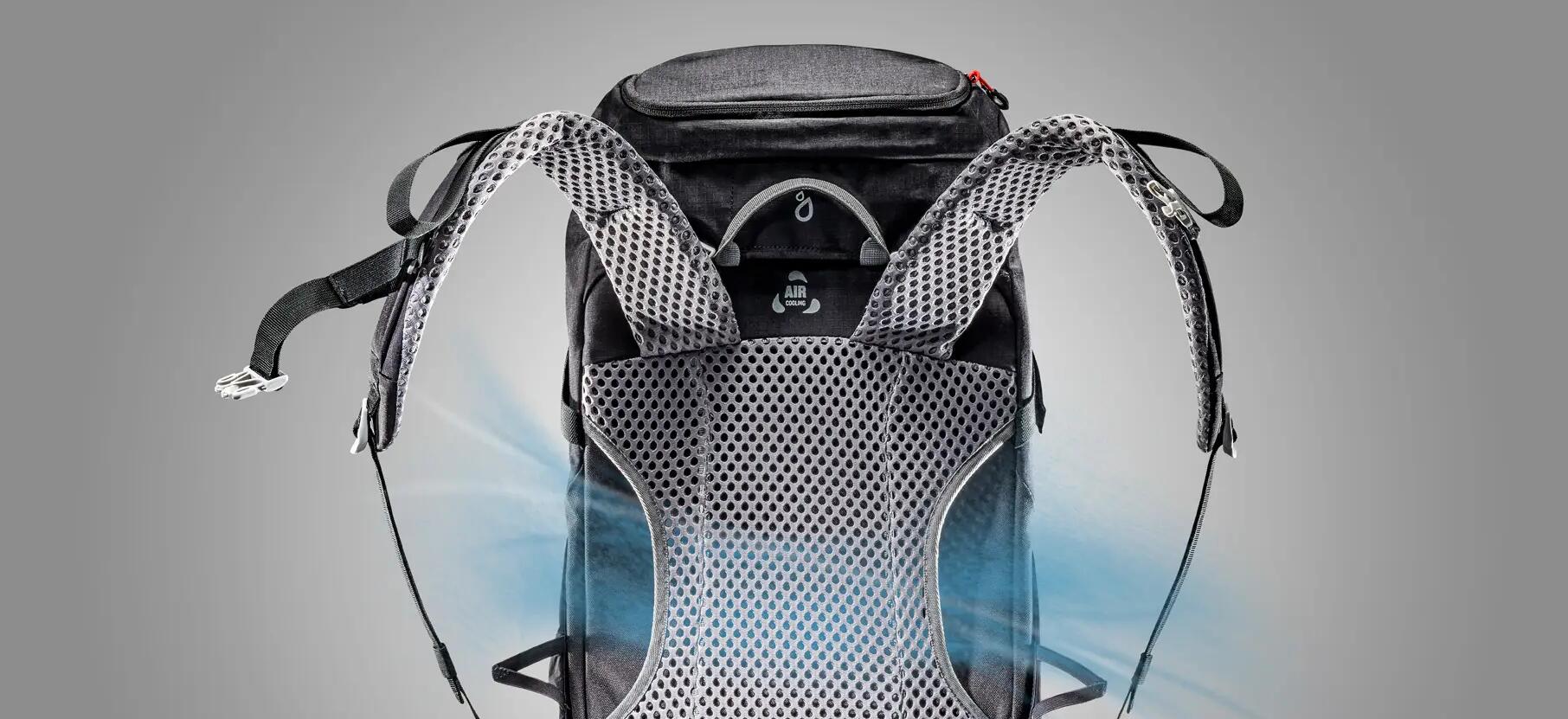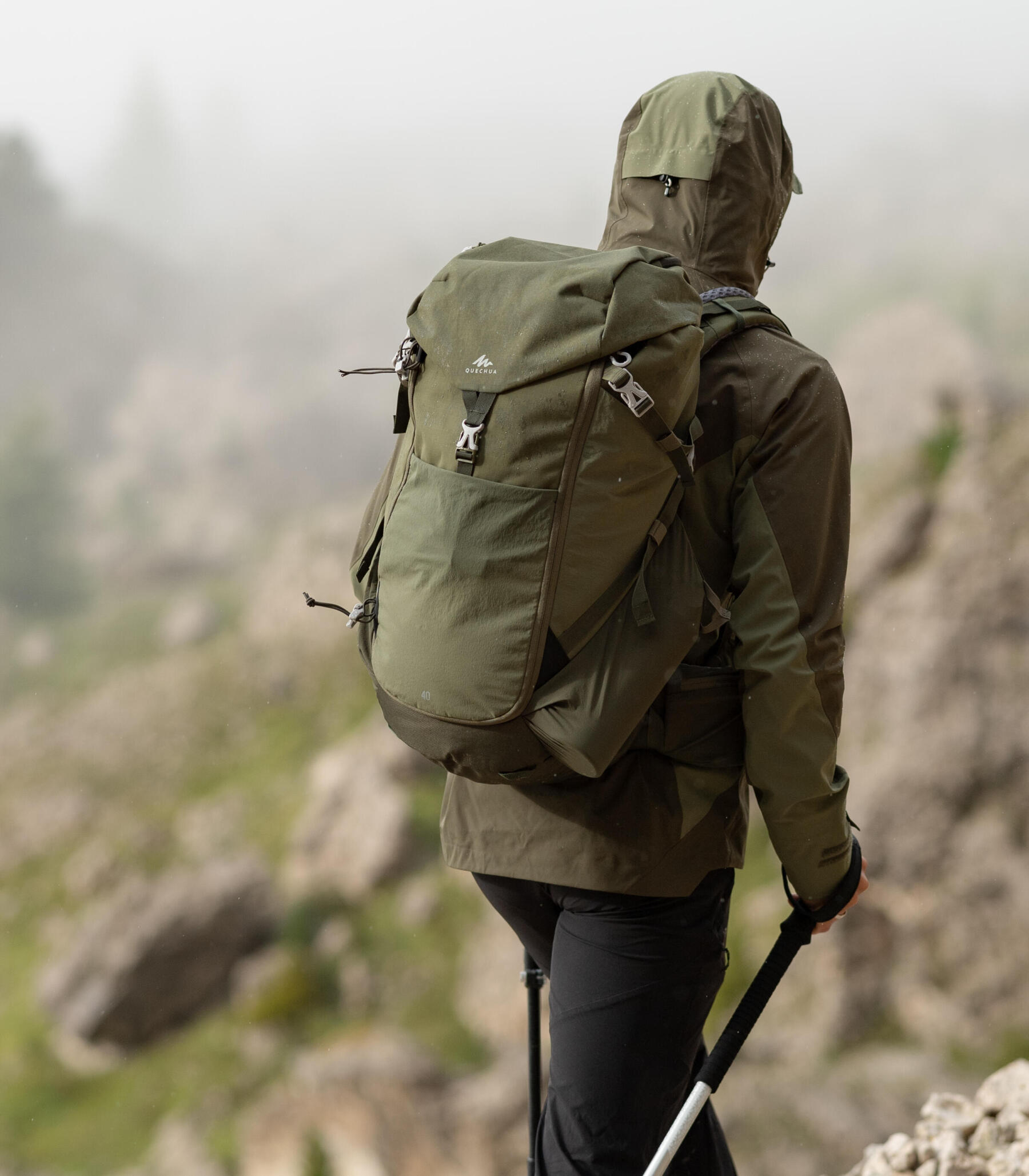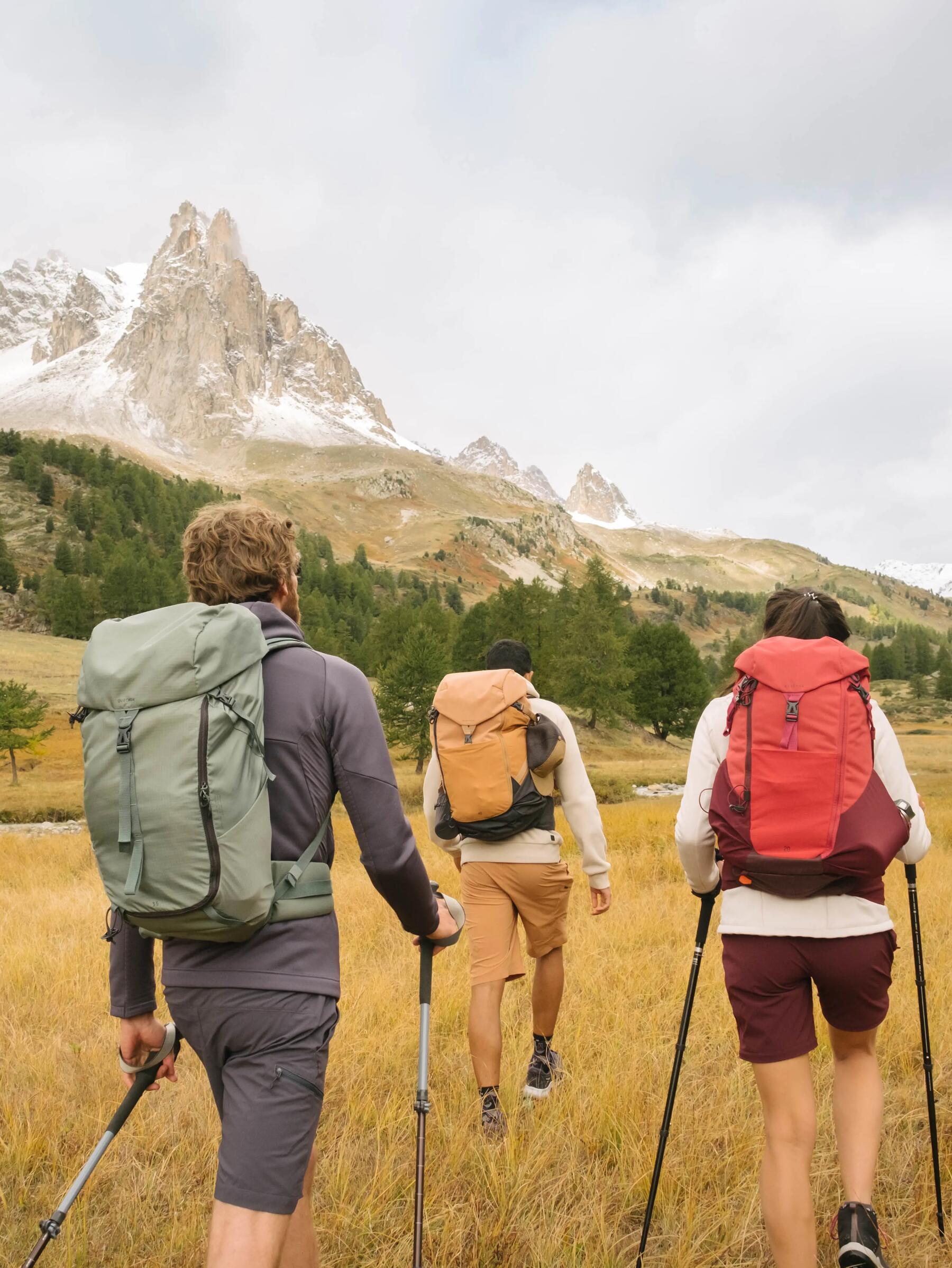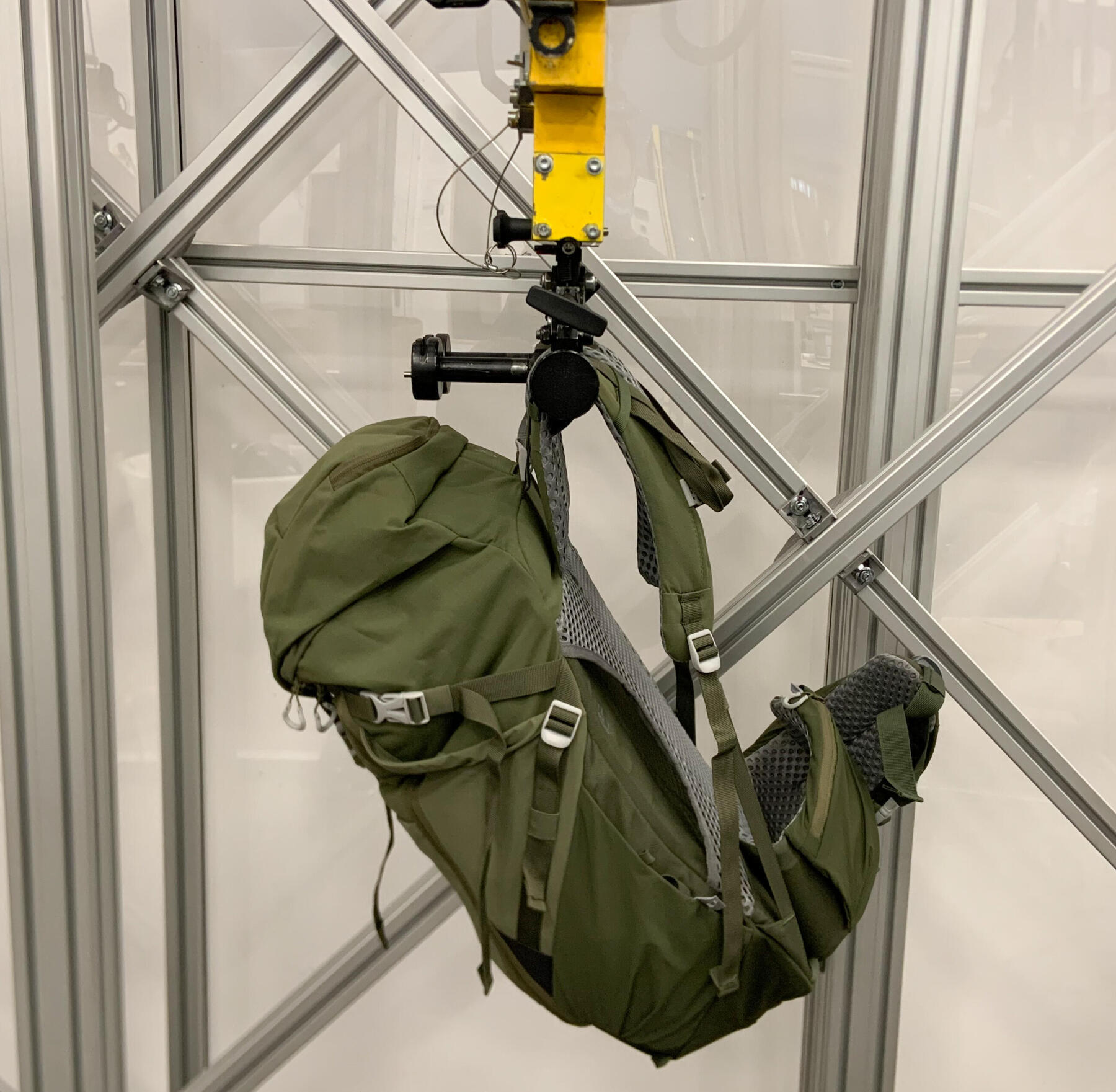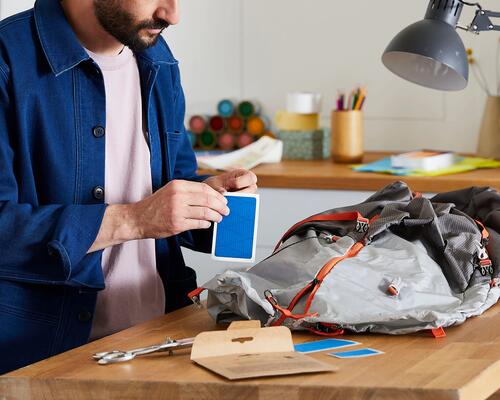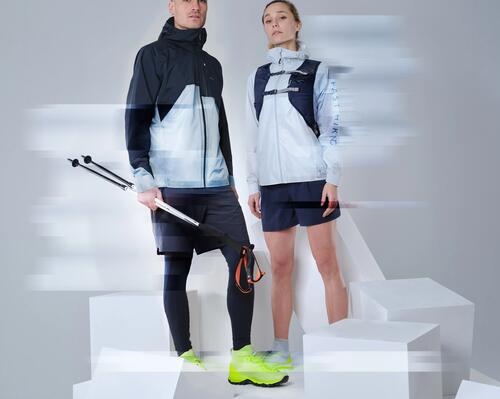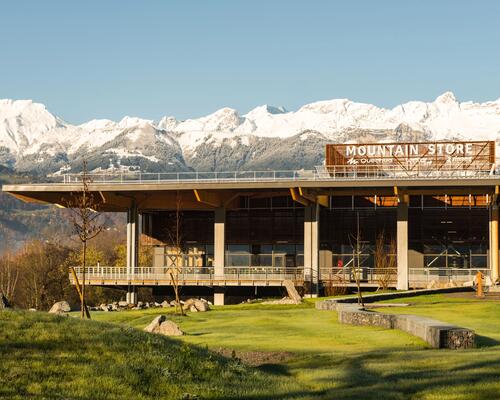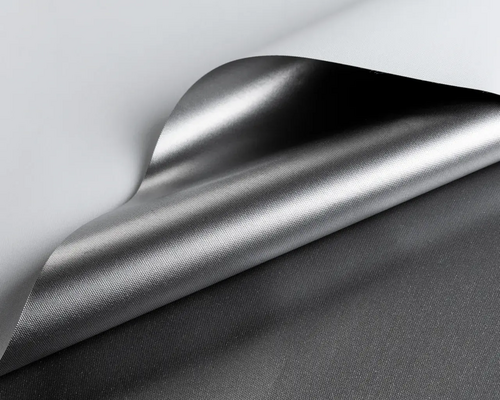How can you sweat less with a backpack on a hike?
Backpacks on hikes: sometimes we love them, sometimes we hate them. They mean we can transport everything we need for our adventure over a full day (as well as our well-deserved snacks!) But our backpacks can sometimes weigh us down, or cause us to sweat during our hike, which is uncomfortable. Luckily, various systems are available to ensure your hiking backpack is relatively breathable and remains comfortable during your hike. Having a system that allows the back of the bag to be breathable is therefore an important criteria when choosing your hiking backpack. But how does it work? Let’s first take a tour of the various solutions available.
